Nipple pain while exclusively pumping can be difficult to manage, because you can’t take a break to let yourself heal without losing milk supply. Here are some questions to help you figure out the cause of your nipple pain, so that you can resolve the issue, and pump breast milk without pain.
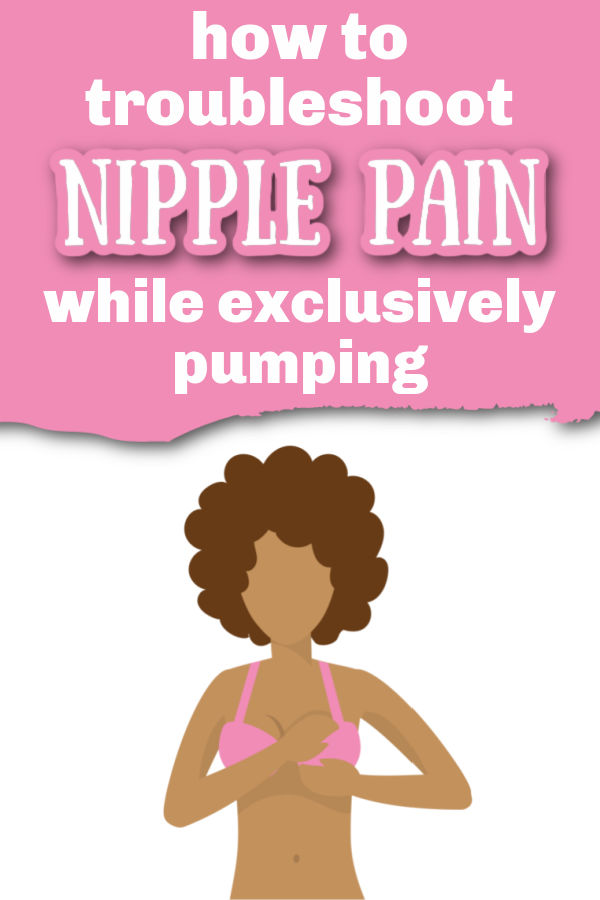
This post may contain affiliate links, which means that if you click through and make a purchase, I’ll be compensated at no additional cost to you. I only recommend products I love! More info here.
6 Questions to Troubleshoot Nipple Pain from Pumping
Obviously, what you should do to fix your nipple pain depends on what is causing the breast pain related to pumping. However, it’s not always clear what the underlying issue is.
Here are the questions to ask yourself.
1. Can you feel a lump in the breast that is having pain?
There are a couple of different kinds of lumps that can cause breast pain.
- Clogged Ducts – These occur when a milk duct gets blocked and the milk behind it gets stuck, leading to inflammation.
- Milk Blisters – Also called a bleb or nipple blister, these are similar to a clogged duct, but they occur right on the tip of the nipple, with the skin of the nipple closing over a milk pore.
- Galactoceles – These lumps are cysts that have filled with breast milk and can be much larger than a clogged duct or a milk blister (they can be the size of a kiwi). Some are painful and some are not.
Each of these breastfeeding-related lumps should be treated differently – here is more information about clearing a clogged duct, working out a milk blister, and treating a galactocele.
2. Do you have a fever?
If you have a fever, your breast hurts, and you feel ill – you may have a headache, have chills, and be tired, but not a sore throat or congestion – mastitis is the likely culprit.
Your affected breast might also be red and warm to the touch, and you might feel a lump from a clogged duct. (Mastitis often starts with a plugged duct that isn’t cleared quickly.)
Treating the underlying clog by pumping frequently on the affected side, and rest, are the best ways to treat mastitis.
3. Are you experiencing pain on both sides?
If you’re having pain in both breasts, rather than just one, the issue could be that your flanges don’t fit properly.
If your breast shields are too big, too much of the areola may be pulled into it, which can cause soreness. If they are too small, the nipple may rub too much against the flange tunnel.
Often, getting a different size will fix the pain issue (though the relief might not be immediate, as damaged nipples will need time to heal). If you’re not sure what size to get, you can measure your nipple size.
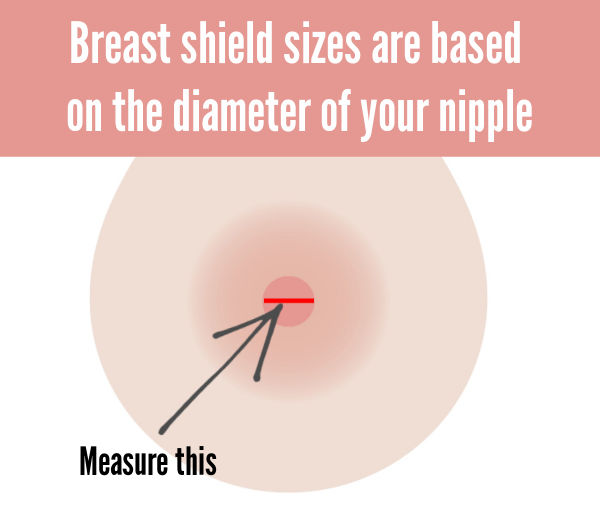
Legendairy Milk sells a ruler for flange sizing that you can use to measure your breast shield size – use 15EPUMP for 15% off.
Also, check and see if your breast pump suction is too high. (It should be at the highest level that is not painful.) Make adjustments if necessary and see if they help.
4. Do you have shooting pain or pain deep within your breast, or is the skin on your nipple/areola shiny or flaky?
Skin changes on your nipple along with burning, shooting, or stabbing pain are symptoms of thrush, which is a type of yeast infection.
Thrush can be difficult to diagnose (you will need to see a doctor) and to treat (because your baby’s mouth may also be affected). Usually, both of you will need to be treated with an anti-fungal treatment to ensure that you don’t reinfect each other.
Here is more information about what to do if you think you might have breastfeeding thrush.
5. Are you experiencing pain immediately after you finish pumping, and do you notice your nipples changing color?
Pain after you finish pumping – especially if you often have increased pain in cold temperatures – can be caused by nipple vasospasms.
Vasospasms are a sudden narrowing of the blood vessels, preventing blood from getting to all areas of the nipple.
Vasospasms are caused by damaged nipples or thrush. To fix the issue, you will need to address whatever caused the nipple damage in the first place – it could be your baby’s latch, or improper flange sizing – or treating your thrush.
While you heal, warm, dry compresses are one of the best methods for soothing vasospasm pain.
6. Is there any bleeding?
Bleeding nipples when pumping are usually due to a crack caused by damage – either from a bad latch, poorly fitting breast shields, or incorrect nipple positioning.
As with vasospasms, you’ll want to address the underlying issue first by changing your flange size or taking care to center your flanges on your nipples.
There are a few things that can help make you more comfortable and continue pumping while your nipple crack heals, such as a saline rinse or frequently applying lanolin.
Have you had nipple pain from pumping caused by anything else that I missed? Tell us in the comments!
References- Bonyata, Kelly, IBCLC. “Nipple blanching and vasospasm.” https://kellymom.com/bf/concerns/mother/nipple-blanching/
- Newman, Jack. “Candida Protocol.” https://ibconline.ca/information-sheets/candida-protocol/
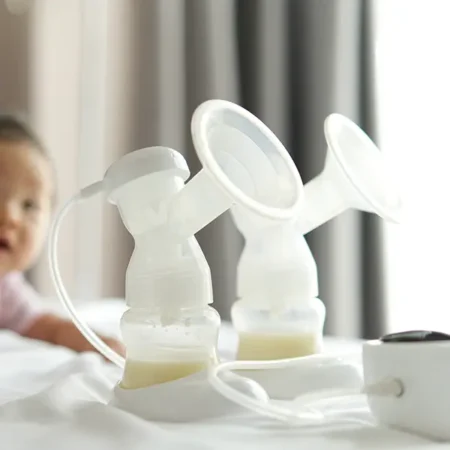
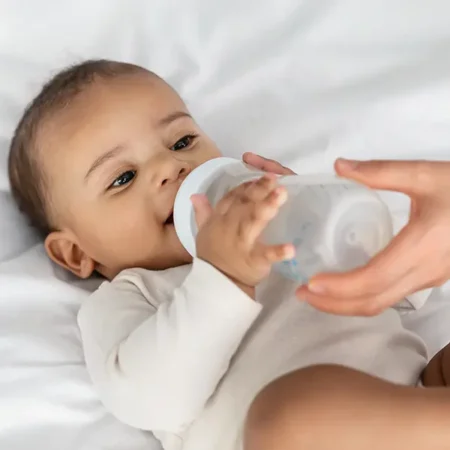




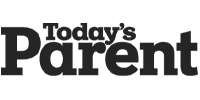
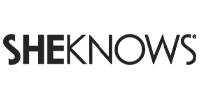
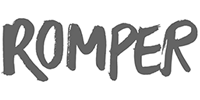



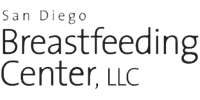
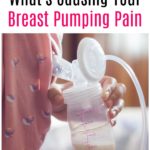
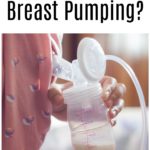
Leave A Reply!